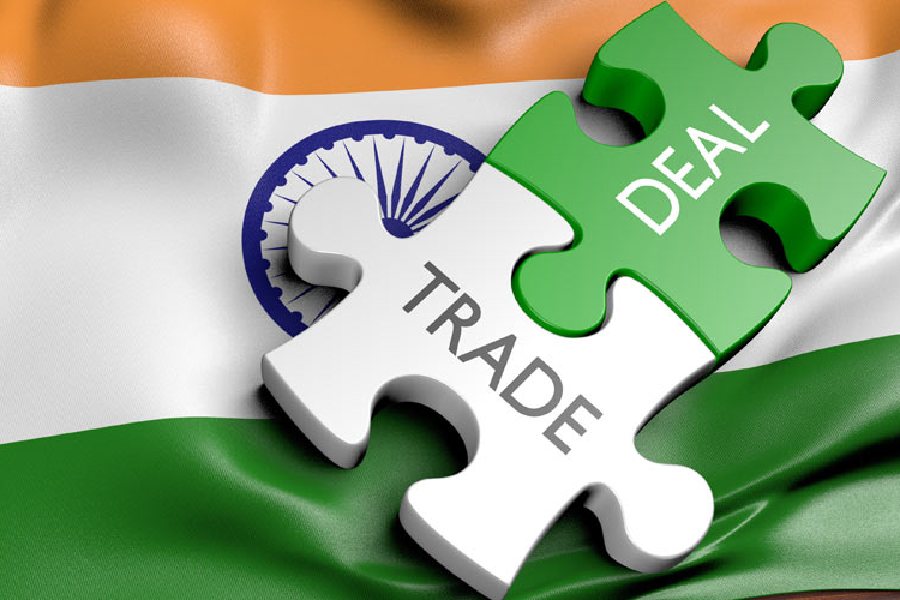Global geo-economics is undergoing rapid changes. Indian trade diplomacy, too, is changing with the emergence of new priorities and forms. But first, the backstory.
The era of Washington Consensus in the 1990s was a period of opening up of
international trade. This meant the liberalisation of global trade. The opening up of domestic markets was an essential prerequisite for globalisation. However, liberalisation was to be regulated by a leviathan: the World Trade Organization.
The WTO was formed in 1995. It succeeded the General Agreement on Tariffs and Trade. The WTO was mandated to ensure that global markets remained open and that countries would engage in global trade in an orderly manner. Any dispute would be referred to the dispute settlement mechanism whereby the WTO would resolve the matter. Despite high hopes and confidence in the WTO’s ability in ensuring parity in global markets, it turned out to be a disappointment. In his book, Globalization and Its Discontents, Joseph Stiglitz, the former chief economist of the World Bank, argued that the WTO has proven to be a failure in protecting the interests of the countries of the Global South from the assertive claims of those from the Global North.
Countries like India have taken recourse to other means to meet their strategic trade interests. Free Trade Agreement diplomacy has become a new tool in its arsenal. In March, the Narendra Modi government signed a comprehensive Trade and Economic Partnership Agreement with the European Free Trade Association member states, Iceland, Norway, Switzerland and Liechtenstein. The TEPA will see these four countries investing $100 billion in India over the next 15 years, generating close to a million jobs across sectors like pharmaceuticals, chemicals, information technology, Artificial Intelligence and so on. India has also negotiated FTAs with Australia and the United Arab Emirates. An FTA with the United Kingdom is in the works; once implemented, the UK-India FTA will be the first such free trade agreement that India would have with a major Western power.
Main reason
The EFTA is meant to reduce India’s trade deficit with some European nations, all of which have a healthy trade relationship with India. However, China is the main reason why India has invested diplomatic capital in the EFTA. China is India’s second-largest trade partner with bilateral trade well over $100 billion. However, India has a massive trade deficit with China.
Notwithstanding the optimism over the new FTA diplomacy, its potential bottlenecks need to be understood. A key roadblock is the issue of market access. For instance, in the negotiations over the India-UK FTA, London wants more market access for its products, especially in the dairy and the micro, small and medium enterprises sectors. New Delhi, however, has been reluctant to provide such market access given the sensitivity of these sectors. Another key issue is Technical Barriers to Access as far as the UK and other European markets are concerned; this pertains to stringent regulations in terms of rules of origin, environmental sustainability, human safety and other issues. Given the EU’s focus on mitigating global warming, there has been a decline in Indian exports to European countries. Yet another stumbling block is the hefty tariffs New Delhi imposes on various sectors to protect its domestic industries. Indian diplomacy should be mindful of the concerns of its foreign partners when it comes to these issues.
However, it is clear that Indian trade diplomacy is changing the nature of economic bargaining and is expected to lead the transformational changes in the foreseeable future.











